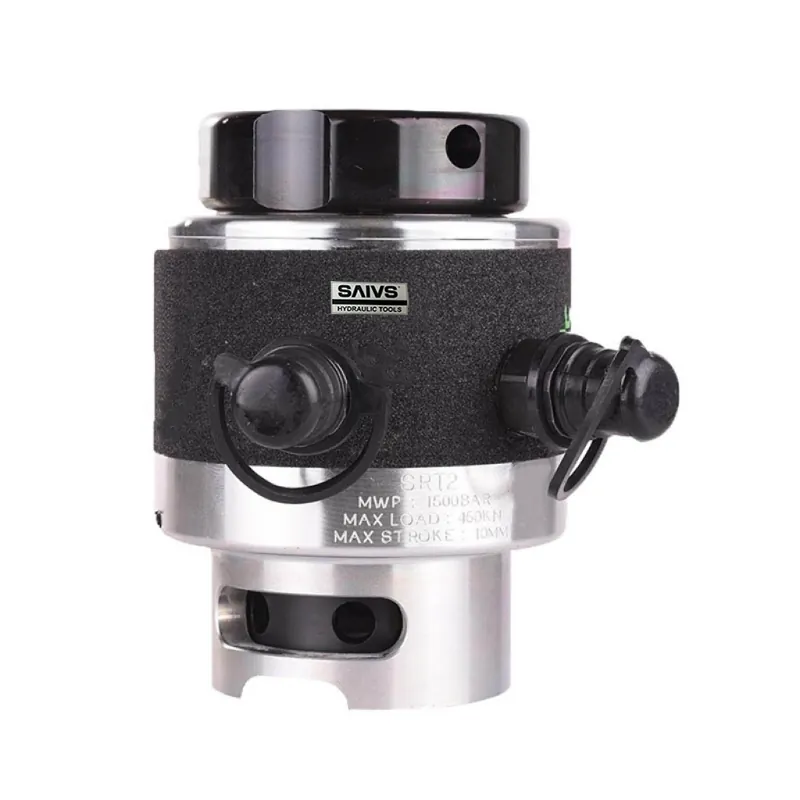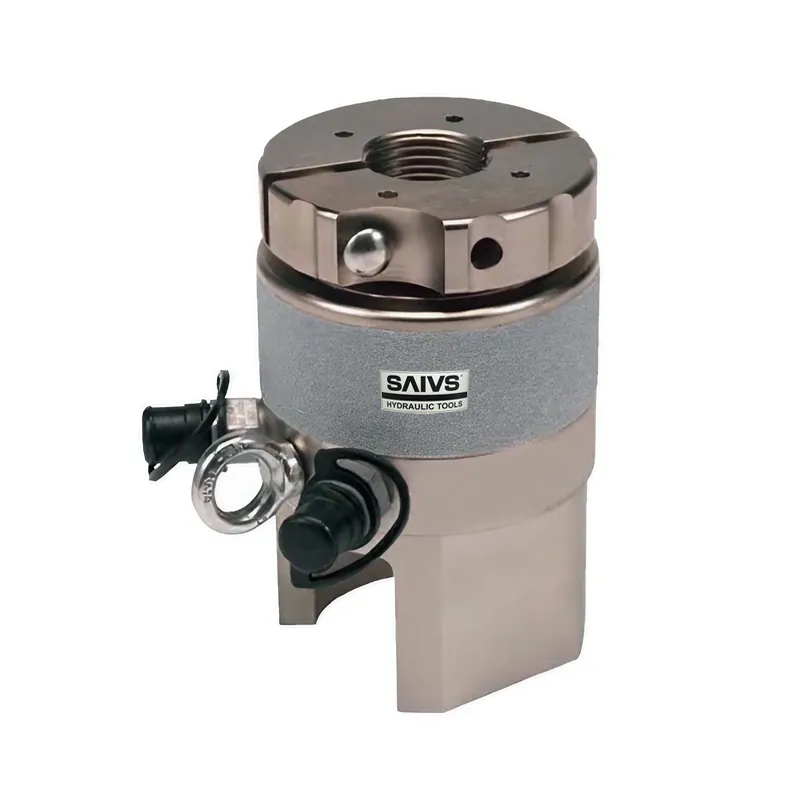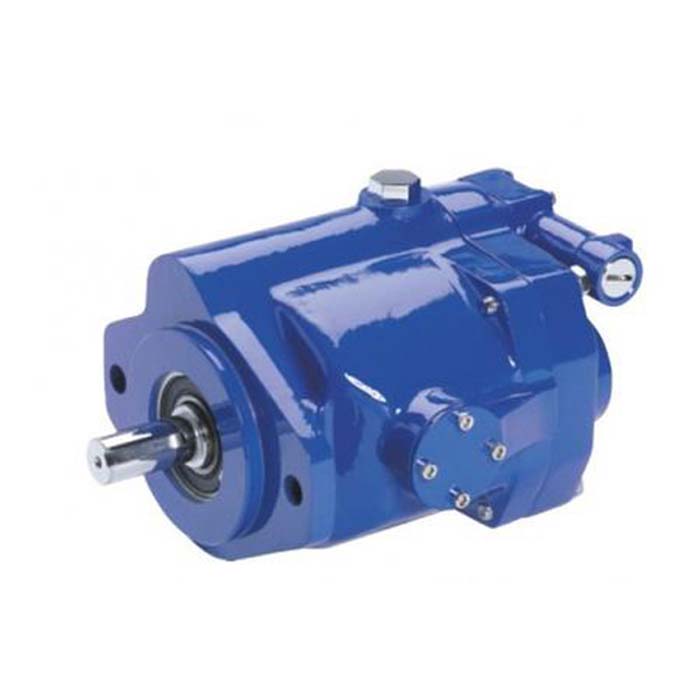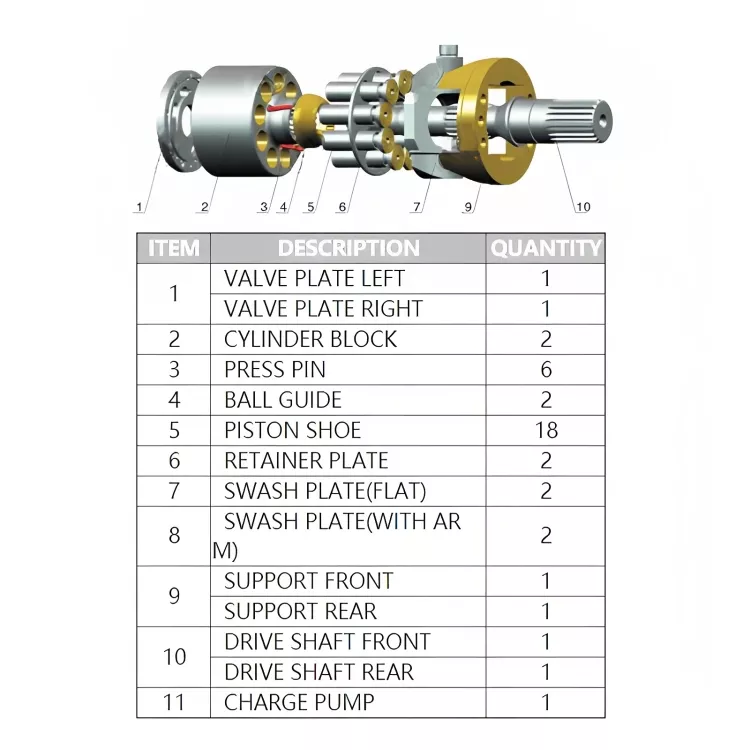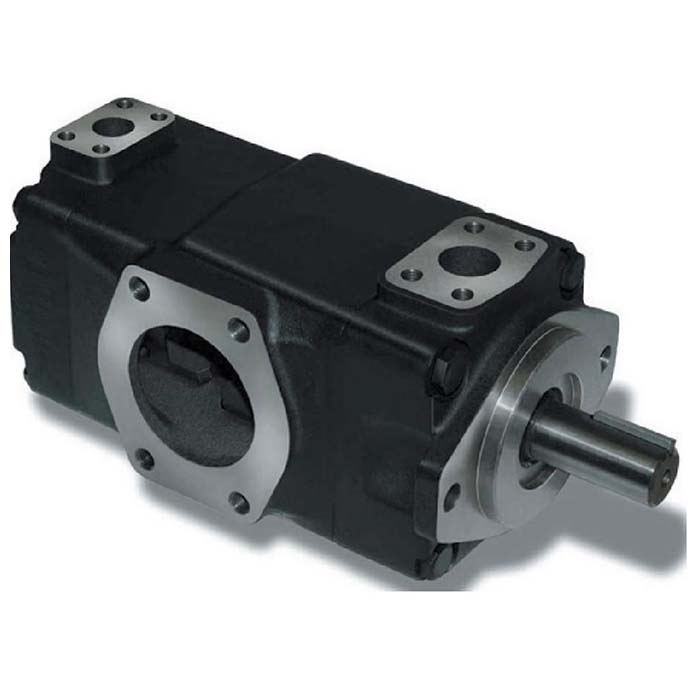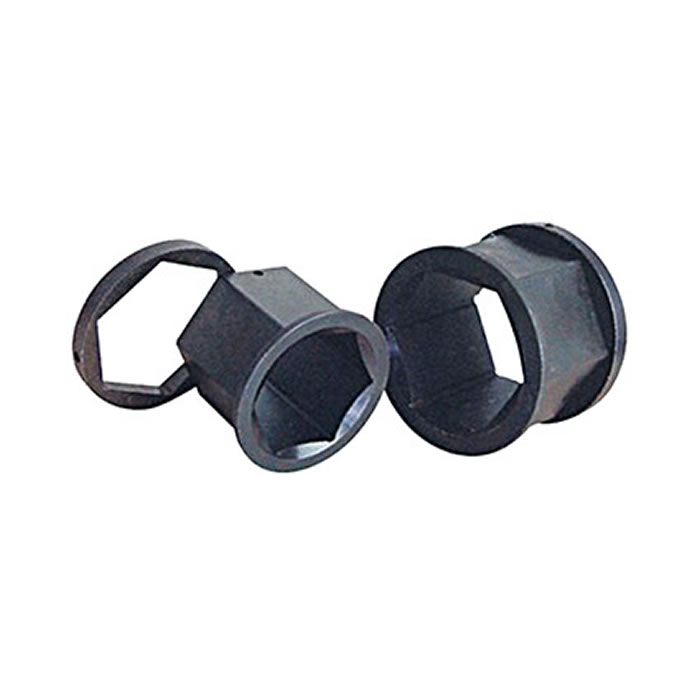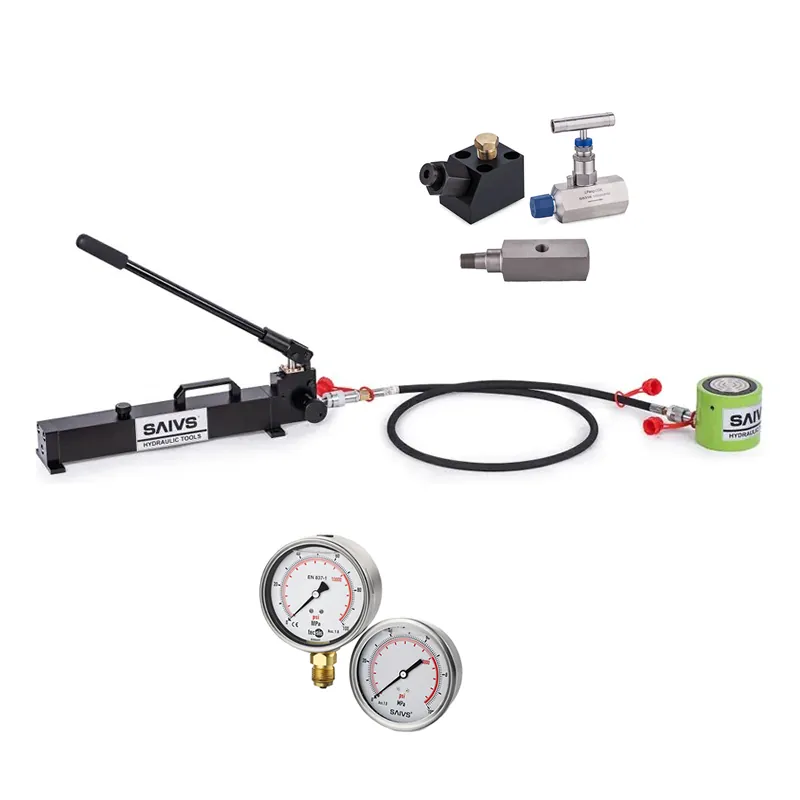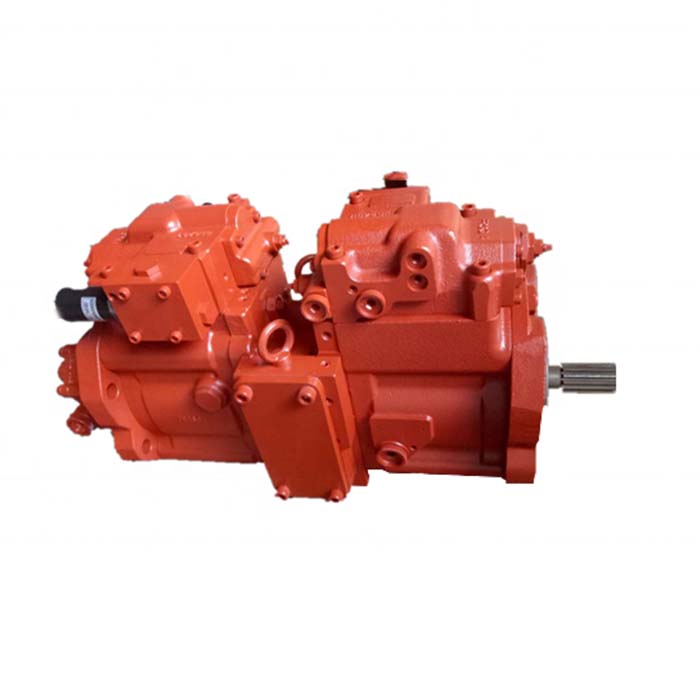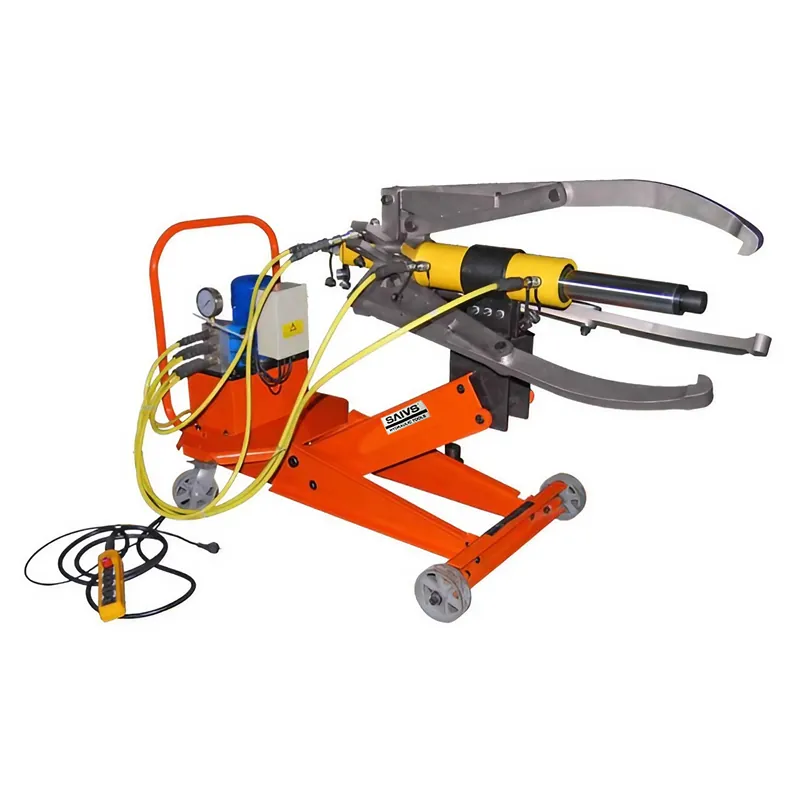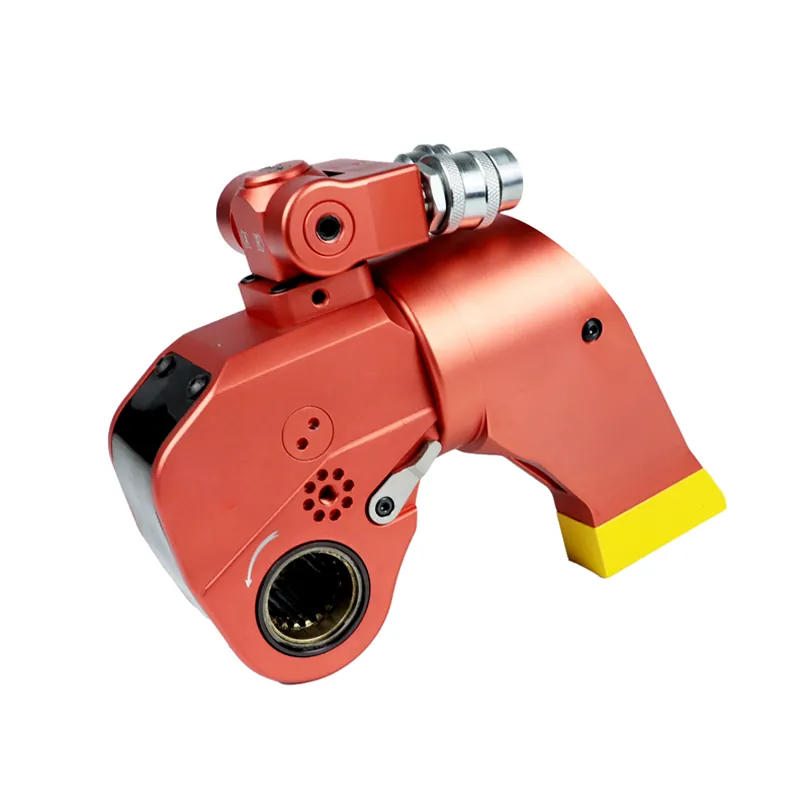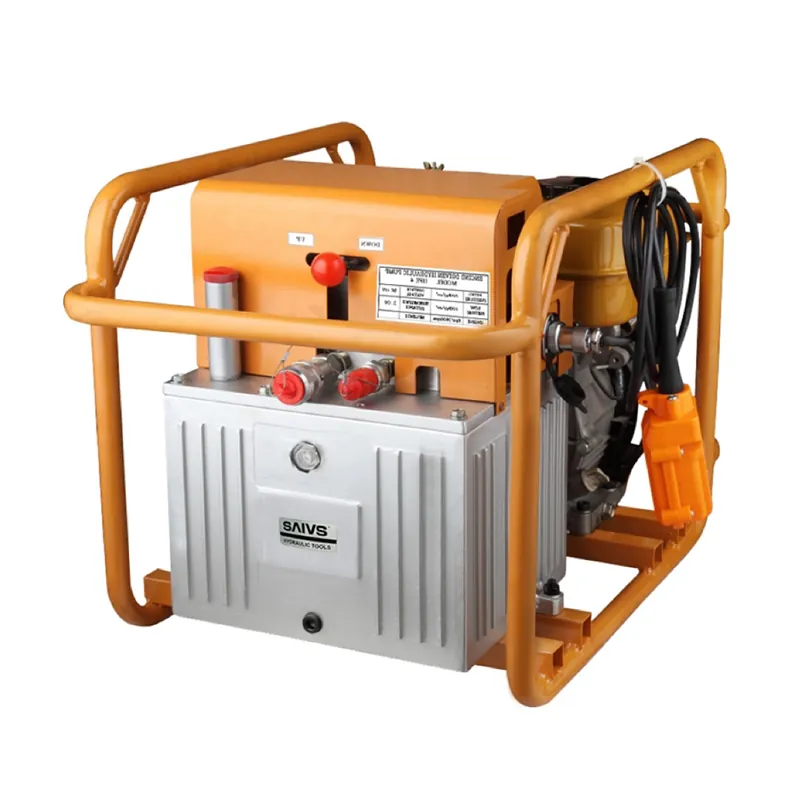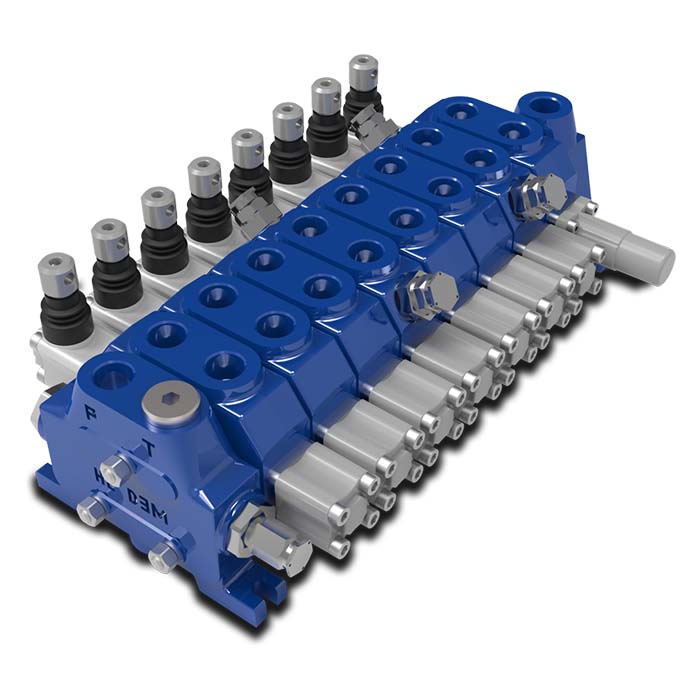Material Hardness and Load Testing of Hydraulic Tensioners in Wind Energy Applications
Key Performance Insights of Hydraulic Tensioners for Wind Turbine applications
Hydraulic tensioners play a crucial role in wind turbine maintenance and installation.
They provide a controlled method of applying precise preload forces to critical fasteners under extreme load conditions.
Understanding the mechanical characteristics and performance evaluation methods of these tensioners helps ensure safety and reliability in the field.
SRT, 1500 bar Spring Return Bolt Tensioners
Radial Load Testing: A Key Measurement Parameter
To evaluate the load-bearing capacity of wind turbine nuts, radial load testing is often applied using a designated test load multiplied by a power factor of 0.3 to 1D. Here, D represents the outside diameter of the nut, measured in inches.
This formula provides a simulation of real-world stresses, enabling engineers to better predict structural behavior under Hydraulic Torque Wrench operations.
Hardness: A Critical Physical Property of Nuts
Hardness testing is an essential part of verifying the structural integrity of wind turbine fasteners.
Although hardness testing methods are relatively simple, they provide critical insights into the performance and reliability of the component under heavy mechanical stress.
Unlike general threaded fasteners, hydraulic-driven nuts do not follow a fixed correlation between hardness and strength.
Factors such as nut geometry and cross-sectional design significantly affect how hardness is distributed across the component.
Testing Protocols Based on Pressure Thresholds
Typically, nuts with designated load values below 120,000 psi can undergo direct load testing. For harder nuts, testing is performed based on referenced hardness values to ensure safety and compliance with operational standards.
Furthermore, hardness testing is applied across all nut sizes and strength grades, especially for those undergoing heat treatment. This ensures product consistency and eliminates the risk of structural failure due to material aging or improper processing.
SST, 1500 bar Subsea stud Bolt Tensioners
Why This Matters for Wind Power Applications
Wind turbines require highly durable and precision-fitted components due to continuous exposure to mechanical vibration and dynamic loading. Using hydraulic tensioners that meet rigorous hardness and strength criteria ensures long service life and safe operation of wind turbine structures.
Regular evaluation of nut strength, hardness distribution, and performance under hydraulic tensioning systems is essential for maintaining operational efficiency and minimizing downtime in wind energy applications.
Conclusion
As wind energy continues to grow, so does the need for reliable bolting technology.
Hydraulic tensioners designed for wind turbines must pass stringent performance metrics including radial load simulation and material hardness validation.
At our company, we supply precision-engineered Hydraulic Bolt Tensioners tailored for high-load, high-reliability applications in the wind power industry.
If you're sourcing dependable hydraulic tools for wind turbine installation or maintenance, our range of hydraulic tensioners is engineered to meet both current industrial standards and future demands.

